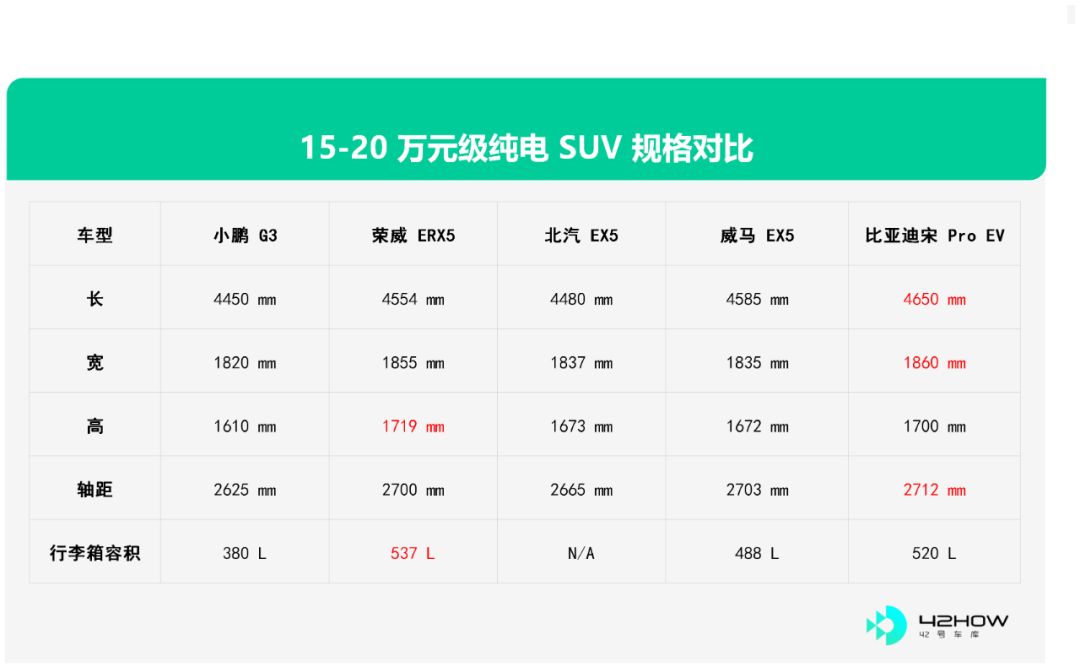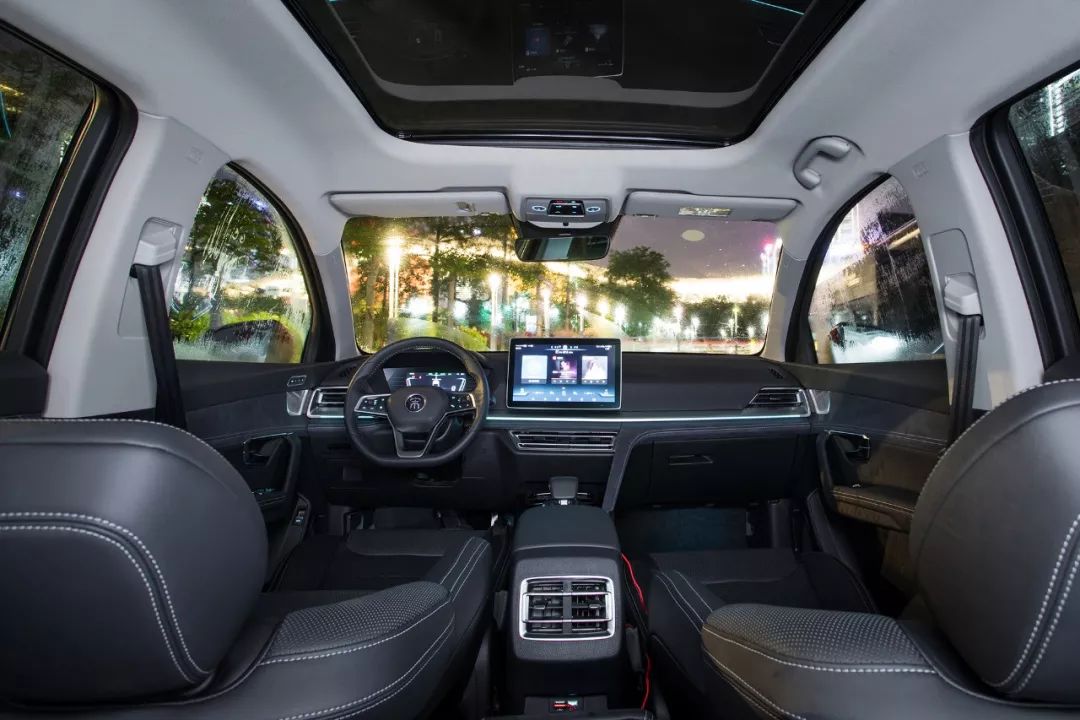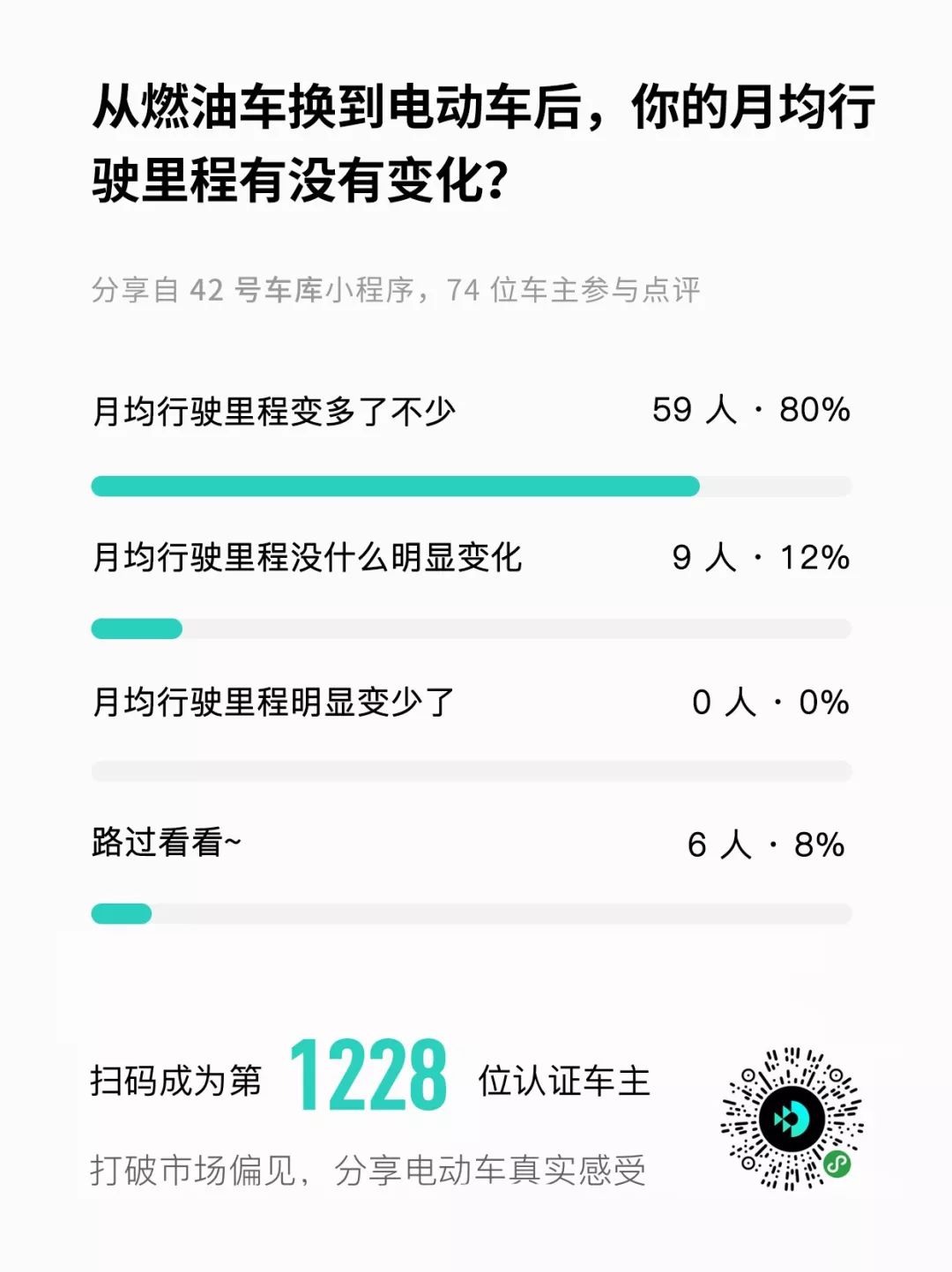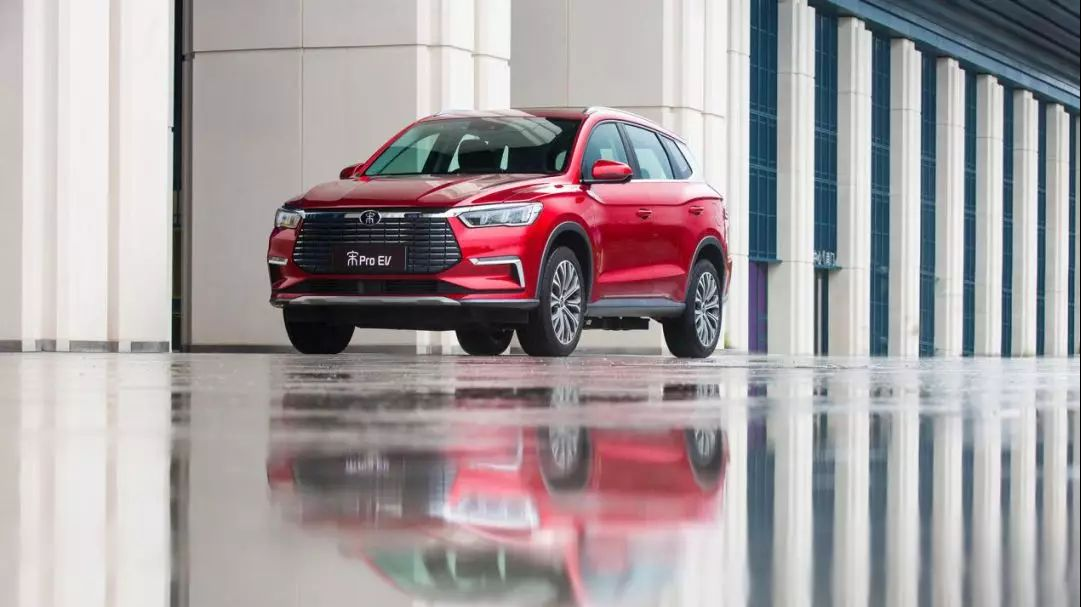2019 is a pivotal year for the electric vehicle market
For the electric vehicle market, 2019 is a pivotal year. With subsidy policies declining and the market returning to dominance, from a consumer perspective, as three-electric technology develops and the charging network becomes more mature, pure electric vehicles have also developed various segmented markets.
Today we’re going to talk about the BYD Song Pro EV. Why talk about this car? Because before the launch of Song Pro EV, it was really difficult to choose a pure electric SUV for home use. Many car models on the market are conversion products from oil to electric. These oil-to-electric cars are constrained in battery layout and motor assembly by the existing fuel vehicle platform, which limits their endurance and inevitably affects the interior space. In contrast, the positively developed pure electric platform-based car models generally perform better in terms of space.
It is precisely for this reason that the launch of BYD Song Pro EV has found itself in the middle of the 150,000-200,000 yuan medium-sized pure electric SUV market. From the perspective of individual product points, Song Pro EV has advantages in terms of space, endurance, charging, safety, and intelligence. In terms of comprehensive quality, Song Pro EV is likely to be the player that captures the maximum common denominator of this segmented market.
Technical excellence qualifies for space
Consumers don’t care about research and development or cost, they only care about use. SUVs in the 150,000-200,000 yuan price range are likely to be the only car in the family, so space is very important. Without further ado, let’s take a look at the table.

In five dimensions of length, width, height, wheelbase, and luggage compartment volume, Song Pro EV ranks first in three of them. Of course, these are just basic data. The specific riding experience depends on design skills and space utilization. But speaking of which, there is no way to create miracles in space for competing products if you lose all the basic data.
Regarding space, the automobile industry used to champion the driver-centric thinking in product development. In the new energy era, Song Pro proposed the concept of “Golden Division Big Five Seats,” which is to improve the configuration of the co-pilot, while optimizing the riding experience of every passenger through humanistic configuration such as a longer rear seat cushion and adjustable backrest angle.
You may ask, why is it that after hundreds of years of research and development in the automobile industry, BYD Song Pro EV is the one that pays attention to space utilization?In the past three to four years, most of the popular electric cars sold in China and even globally are A/A+ category models. Why aren’t there more midsize or full-size sedans/SUVs? You may think it’s a design issue, but actually it’s a technical problem.
As the saying goes, the automotive industry has been studying space utilization for over a hundred years, so this should not be their weakness. Why aren’t there more big cars with comfortable seating and plenty of space? The culprit is the level of battery technology.
To meet the demands of long-range travel, large-sized models require larger batteries, which inevitably increase the cost. When the cost is high, the price goes up too– Tesla is a typical example of this.
However, the e-platform based BYD Song Pro EV breaks through this limitation and is able to provide a spacious A+ category SUV. The e-platform is highly integrated, reducing the volume by 37 liters through the integration of core components such as batteries, motors, and high-voltage systems. Cars are designed for people, not for machines. Therefore, highly integrated platforms should truly return the space back to users. This is the progress of pure electric technology and an important sign of human-centeredness, which forms the basis for a golden space cabin. If Tesla’s three-electric integration, battery energy density, and cost control are industry benchmarks, then BYD is also a leading player in three-electric integration and technological independence.
Wang Chuanfu, the head of BYD, once said “technology and design need to be grasped with both hands, and both need to be strong.” Specifically, when it comes to space utilization rates, it is more appropriate to say that technology must first meet the requirements before design can fully unleash its potential.
Range is a critical issue for electric vehicles. In addition to space, users are also very concerned about the range, which is directly related to the battery. The battery pack specification of the Song Pro EV is up to 71 kWh, and BYD achieves a battery single-cell energy density of 210 Wh/kg in the NCM 622 system. In comparison with the competitors mentioned above, the differences between the BAIC EX5 and Roewe ERX5 are quite obvious and need no elaboration. In comparison, the XPeng G3 and WM EX5 both use NCM 811 battery packs, with maximum specifications of 67 kWh and 69 kWh, respectively.| English Text in Markdown |
| — |
| However, looking at the range, the overall driving range of the Song Pro EV is 502 km, while XPeng and WM Motor have achieved about 520 km respectively. There’s nothing we can do, the Song Pro has already taken the advantage in the space, you can’t have your cake and eat it too. Speaking of which, if you’re a consumer, do you care more about being able to drive an extra 18 km under NEDC conditions or sacrificing that range for more space? |
| Range is a good question- you want to control costs and have a large battery with long range, which really tests the technical ability. BYD’s technology ability, having started with battery development, is evident with a single cell of 210 Wh/kg and a pack of 161 Wh/kg. Of course, many car companies have followed suit and moved forward into the ‘811 era’, but a real issue is that the vast majority of them have never experienced the ‘622 era’ and have jumped straight to the ‘811 era’ from the ‘523 era’. During this time, they lack system experience in the reliability of using 811 batteries and their cycle life, as well as the most critical aspect – thermal stability. |
| From the perspective of improving product competitiveness, the adoption of NCM 811 batteries is undoubtedly a good thing. However, from the perspective of the commercialization cycle of batteries, this is something that needs to continue to be observed. |
| How long does the journey need to be in order to not worry? |
| The problem of travel radius can be solved in two ways: large batteries and fast charging. We already know the difficulty of long range, which is closely related to cost and integration ability. So, what about fast charging? Actually, we need to look at this problem from another angle- based on the characteristics of electrochemical materials, reducing the charging time to within 5 minutes is not realistic. But from another perspective, if it is possible to reach the length of travel radius of fuel vehicles every day, then that is also a good idea. |
| This problem is actually not that complicated. Tesla’s supercharging network and NIO’s battery swapping station are both solutions to address the issue. If they’re willing to invest huge amounts of money, the energy replenishment will not be a problem. However, the difference is that cars in the 150K-200K range are inferior to luxury brands with an average price of 400K, therefore, the usage cost for customers must be fully considered- after all, where does the huge investment come from to build the power supplement network? So, the problem goes back to the beginning: reducing usage costs and providing a competitive experience. |
| XPeng is taking more of a Tesla-like approach in this area, with an already established network of supercharging stations. As for how many areas and how many stations will be installed in the future, cost control is something that needs to be carefully considered. The highest fast charging power of the BYD Song Pro EV is 70 kW, which may not be as high as Tesla’s, but it’s important to note that this could be achieved with normal commercial charging piles. Tesla’s supercharging station actually operates on a 350V system and its performance is not much different from other electric cars with normal commercial chargers. When going on long journeys to places without superchargers, one still needs to be extra careful. |# BYD’s Safety Logic
Safety is maybe the most important issue every pure electric vehicle maker has to face. Technologically speaking, BYD has independently developed every aspect from electric core, module, pack to BMS and thermal management, which facilitates better control of every step from bottom to top to ensure better performance in terms of thermal management, safety and overall reliability of the battery.

In addition, compared to converted EV models, most forward-developed EVs have stronger protections on battery packs, which is an absolute engineering advantage. For instance, Song Pro EV employed the BYD “Seven Protection and Four Defense Matrices” concept in its three major electric components, covering the use of single-cell battery ceramic membranes, module fatigue-resistant connection structures, intelligent temperature control, overcharge and discharge protection, and so on, taking into account every area of battery use. On the other hand, in contrast to many people’s expectations, the weight of pure electric cars increases with the addition of batteries, necessitating higher passive protection requirements in the event of a collision. Therefore, Song Pro EV features 76% use of high-strength steel in the body structure to protect both the cabin and the battery compartment. The safety design of the body must match the needs of new energy vehicles, which is the essential “big safety” concept of the new energy era.
Of course, the fundamental value of a pure electric car is still a car that is big enough, convenient enough, safe enough, and runs far enough. After overcoming the technical bottlenecks, Song Pro EV’s greater value lies in providing users with a better experience! Equipped with DiLink 2.0 intelligent system, which enhances user experience in various areas such as accounts, cloud services and OTA remote online upgrades, compared to 1.0, while the L2 Plus intelligent driving assistance technology differs from the traditional L2 level, which provides users with augmented reality transparent image system (which allows users to see the image under the chassis), phone APP remote control driving and other high-tech features, all of which help solve users’ pain points.

The Song Pro EV boasts a range of 502 km and a maximum high-voltage fast charging capacity of 70 kW. With the increasingly perfect charging infrastructure in first- and second-tier cities, its range and fast charging capabilities mean there is no problem undertaking intercity trips with the Song Pro EV.The compact all-electric SUV market is currently moving towards a better direction, but only a few products have reached the level of cost, performance, and overall usage quality as that of gasoline-powered cars. We are glad that this change is happening, which makes technology accessible to everyone. Following its long-range capabilities, the Song Pro EV is more in line with our needs for a standard family SUV.




This article is a translation by ChatGPT of a Chinese report from 42HOW. If you have any questions about it, please email bd@42how.com.
